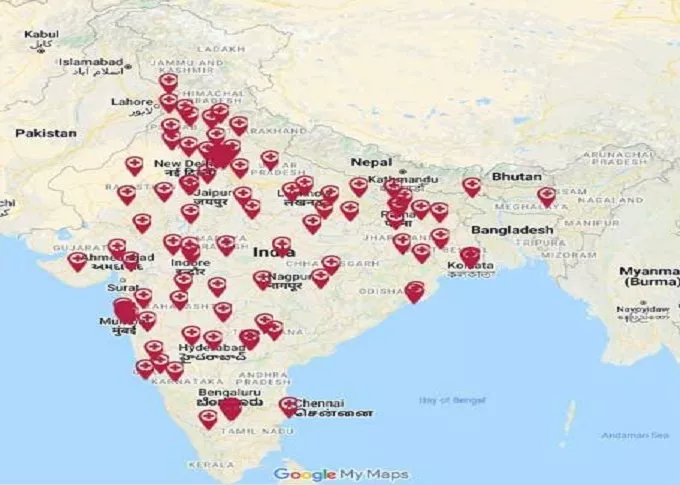The diagnosis of problems related to fallopian tubes can be traced with ultrasound and hysterosalpingogram (HSG).
Ultrasound: The most known form to diagnose fallopian tube blockage is through ultrasound or sonography. It produces real-time, moving images of the uterus and ovaries with the help of high frequency sound waves. The test is simple, brief and painless. Usually a normally functioning fallopian tube is almost always invisible on ultrasound. If the ultrasound shows visibility, it might be due to the presence of fluid or blockage.
Hysterosalpingogram (HSG): This is a basic fertility test conducted through X-ray examination. During the process, a small of radio-opaque dye is injected through the vagina into the uterus and fallopian tubes. As the dye disperses, it displays any blockages including scar tissue or fibroids. This examination also enables the doctor to check and understand the condition of the uterus to determine and whether it would be able accept a fertilized egg for conception. The procedure is performed during the 2nd week of the menstrual cycle, post the bleeding but prior to ovulation. It’s a brief exam and may cause some cramping and bloating due to side-effects.
Additionally, vaginal or cervical swabs, blood and urine tests, laparoscopy, and regular pelvic examination can also help trace fallopian tube blockage and infection.
While repairing the damaged tubes, the doctor might remove the affected part of the tubes, and connect healthy ends together of both the tubes.
Another procedure named, Salpingostomy requires creating a new hole or cavity in the tubal region closest to the ovary.
Fimbrioplasty may be recommended or performed in the case where the closest portion of the tube to the ovary is partially blocked or has scar tissue that prevents normal egg retrieval. Complete removal of the tube is also an option called a salpingectomy.
It is also possible that the tube is not completely clogged, but only partially. In the presence of hydrosalpinx, surgical removal or blockage of the tube at the utero-tubular junction is recommended before in vitro fertilisation (IVF). When fluid builds up in the tube (hydrosalpinx), salpingectomy will hopefully improve IVF.
Tools to help you plan better
Get quick understanding of your fertility cycle and accordingly make a schedule to track it
Get a free consultation!


















